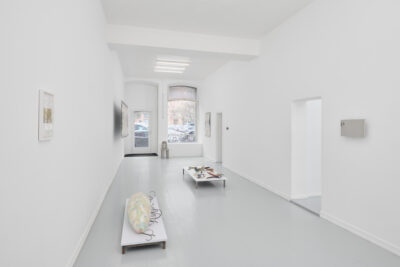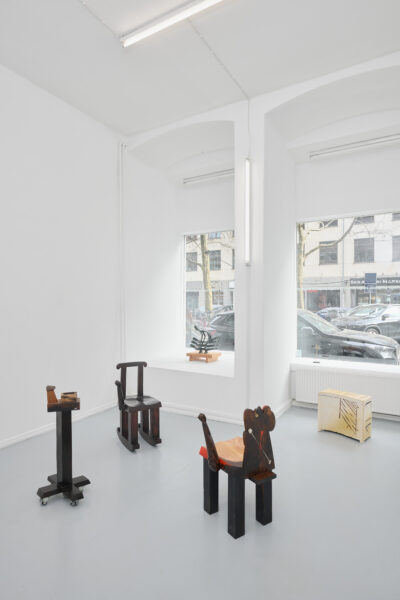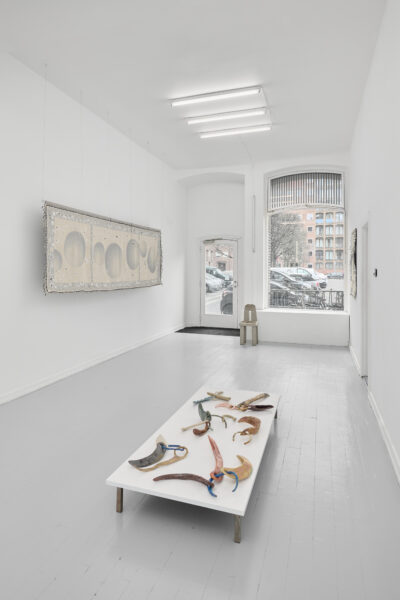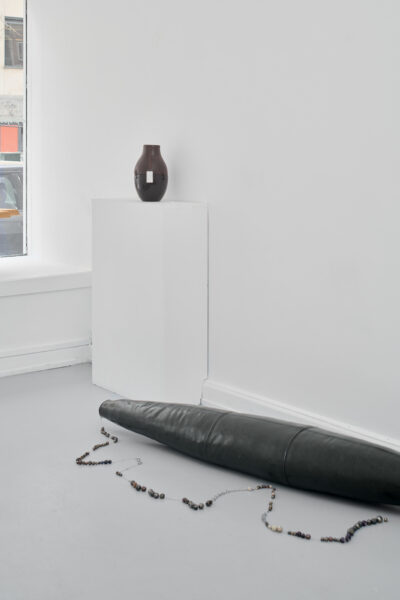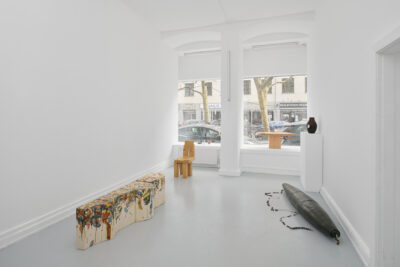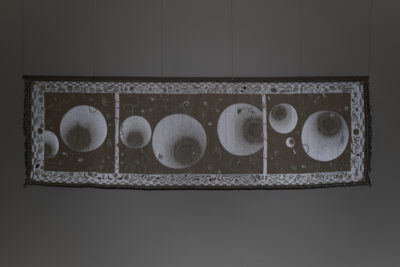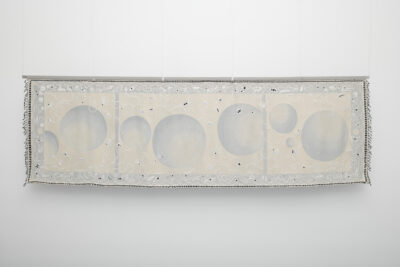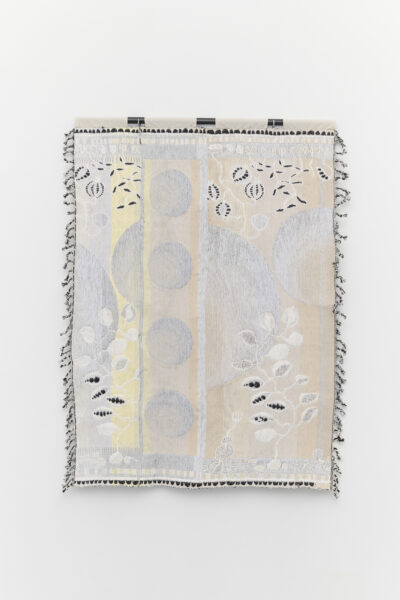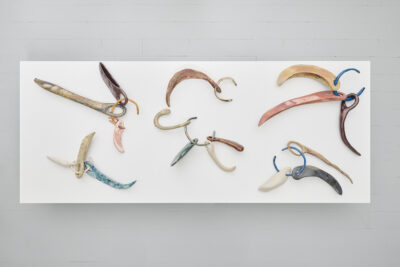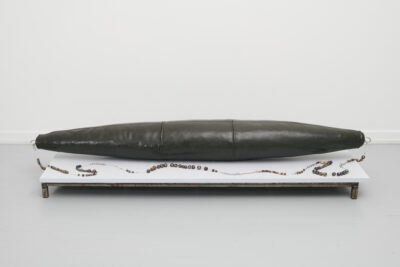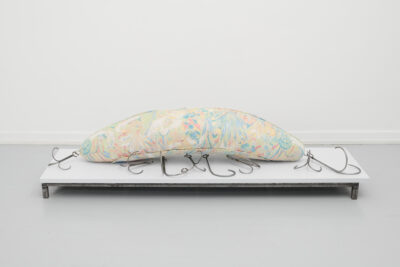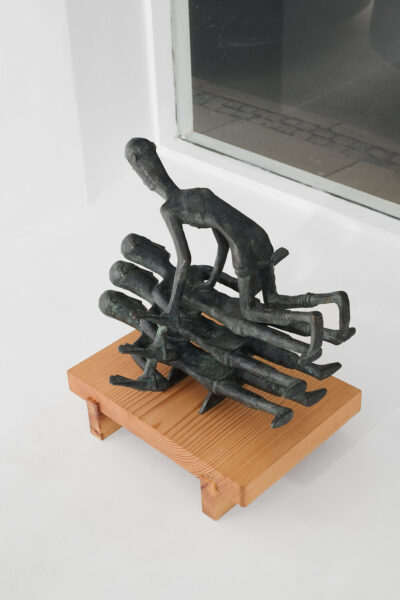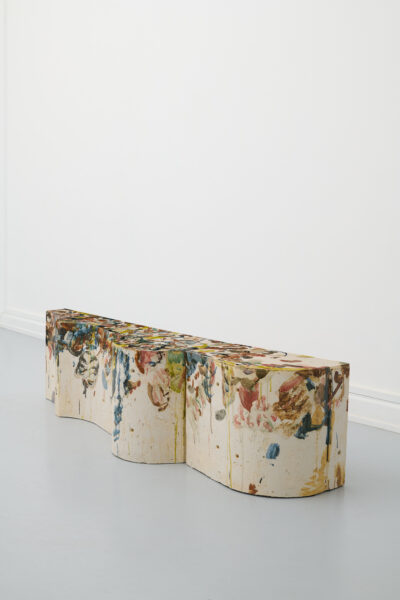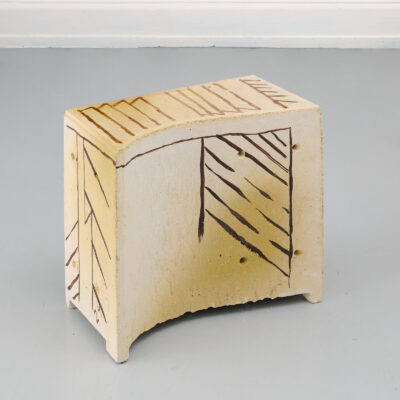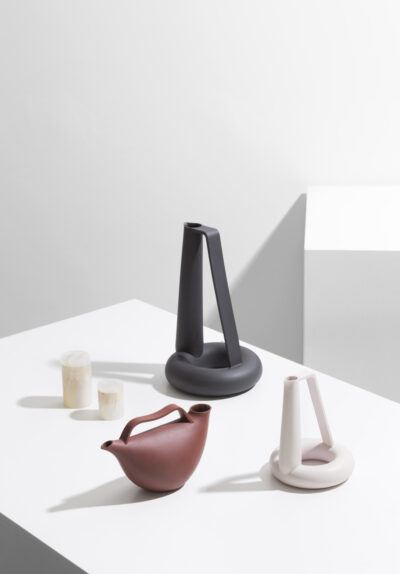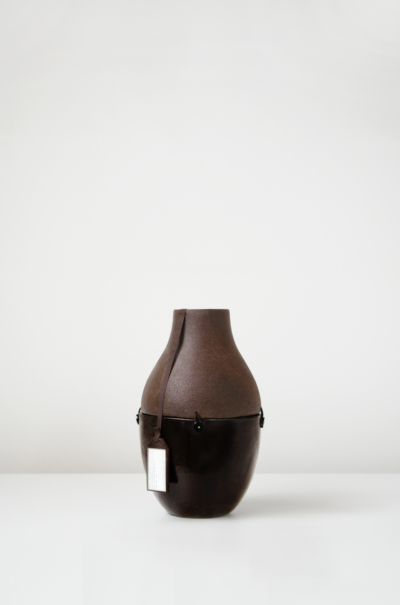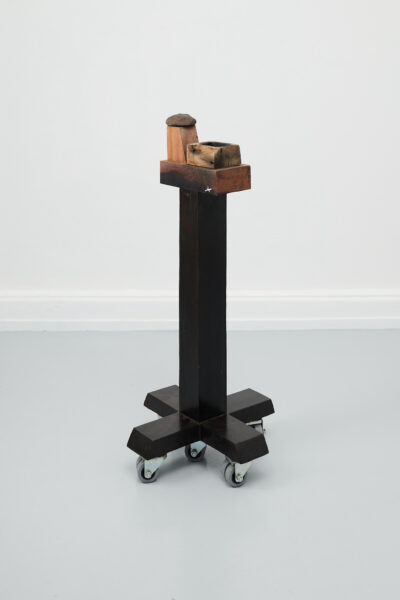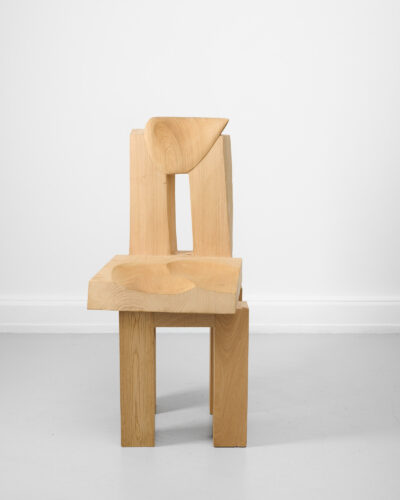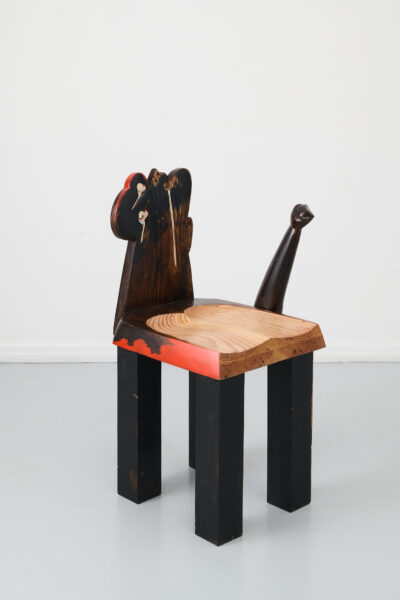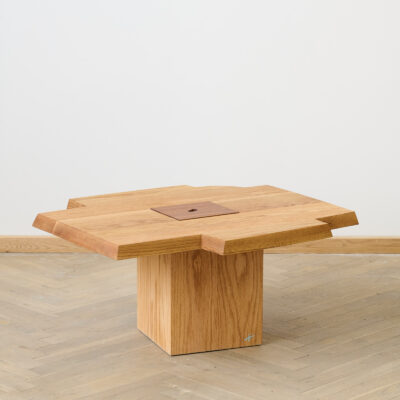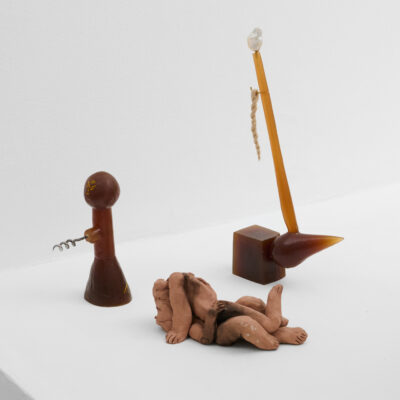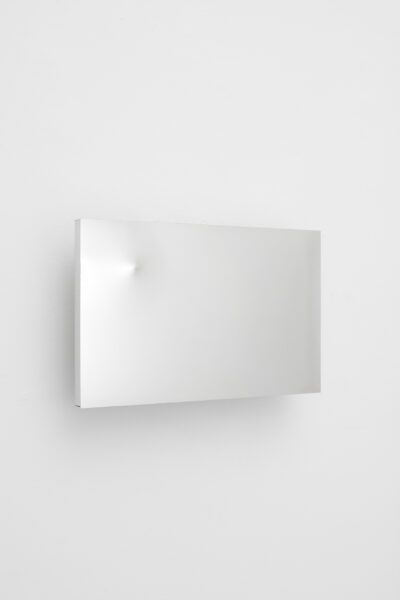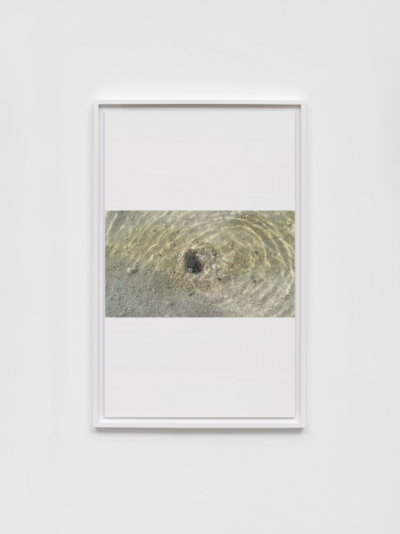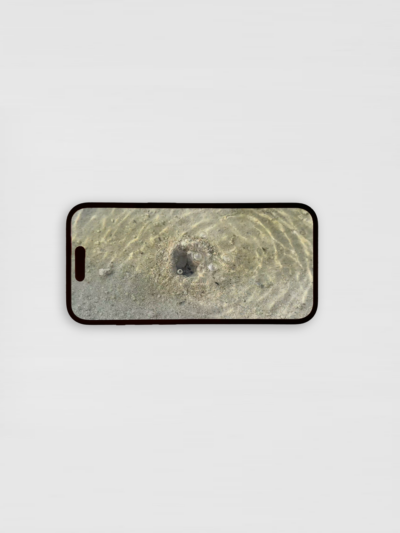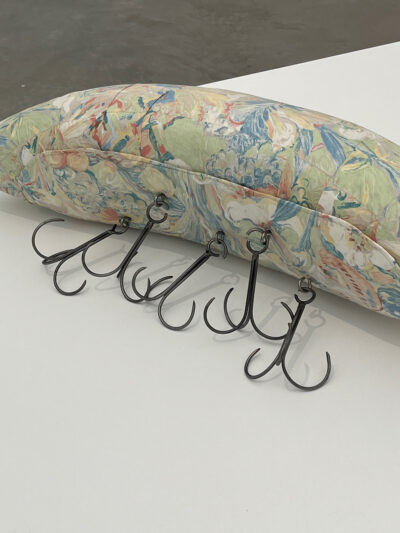
Time is a Mother unfolds as a meditation on the fragile, fleeting nature of existence. Woven through themes of vulnerability and resilience, the exhibition traces the quiet violence of time—how it erodes, nurtures, and shapes bodies, natural materials, and histories. Referencing the poetry collection of the same name by Vietnamese American poet Ocean Vuong,
Time is a Mother engages with tenderness and rupture, exploring the tension between survival and loss, nurture and violence, memory and transformation. Here, time is not only a force of decay but also one of creation — an intimate witness to the delicate threads that bind us to the world, to each other, and to what remains. These themes are reflected in a diverse range of works and materials, spanning textile, leather, metal, glass, pre-industrial resins, wood, bronze, mirror, ceramic, and natural elements like claws and bone— materials that evoke cycles of transformation, preservation, and fragility, hinting at the tensions between permanence and impermanence
The exhibition brings together works by Chloe Royer (FR), Marie Holst (DK), Minjae Kim (KR/US), Formafantasma (IT), FOS (DK), and Zuzana Spustova (SK/NO).
Go to artist page: FOS, Minjae Kim, Zuzana Spustova, Marie Holst, Chloé Royer
